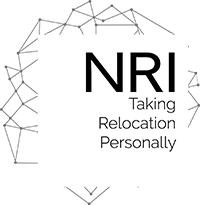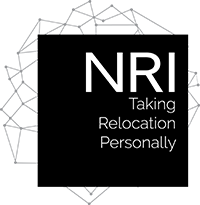“Diversity” is a hot topic today – and rightly so. American culture is an amalgam of diversity which has energized and fueled America’s rise to global economic and political dominance. And in the last several fifty years or so, our workplaces have come to reflect the nuanced diversity of our nation.
These days, “diversity in the workplace” encompasses so many things. Workplace diversity is now far more complex than race, ethnicity, gender and sexual orientation. And  workplace diversity is an important issue for companies that wish to move seamlessly into the future, where the marketplace promises to be even more complex and competitive than it is today.
workplace diversity is an important issue for companies that wish to move seamlessly into the future, where the marketplace promises to be even more complex and competitive than it is today.
Smart companies have programs in place to recruit, hire, train, mentor, promote and retain a variety of employees from a variety of backgrounds. The 21st-century workplace must include ethnic, racial, gender, and age diversity, including the presence of four generations of employees, if it is to flourish most effectively.
In medium-to-large organizations, strategic objectives are often planned and executed by work teams. Teams bring a collective energy to a project that a single operative cannot. The days of homogenous work groups – one gender, racial background, lifestyle, or belief system – are mostly gone, particularly if you work in an organization of 500 or more employees. And while the concept of a diverse workplace is in place in concept, many organizations still struggle with it in practice.
Some of this struggle may be related to a false sense of efficiency: homogenous teams tend to have less conflict, reach consensus quicker and often complete projects sooner. That is why some leaders mistakenly believe a homogenous team is better for business.
But creativity – the most fundamental component of innovation – thrives on input from multiple sources. Single-mindedness and groupthink are less likely to nurture creativity.
What might ultimately be the greatest diversity challenge for organizations is managing teams that include people from varying backgrounds who not only have different skill sets, but different mindsets. Many organizations today favor a flat organizational structure which means that team leaders not only can’t do the jobs of people who report to them, but they also may not understand how other team members think, process information or collaborate.
The result can be higher levels of conflict that must be skillfully managed so that teams develop the innovative strategies organizations need rather than falling into chaos.
Because while managing and leading a diverse workforce has its challenges – there are also rewards. Diverse teams are more likely to develop innovative products and services because they bring a rich tapestry of experiences and perspectives to their projects.
To develop a diverse, yet cohesive team (and keep it that way):
Communicate expectations and results.
Set expectations, follow through, report results, and adjust as needed. A lack of communication can make team members question whether their contribution was valued.
Communicate a sense of value.
Letting each person know they are a valued member of a team helps employees be open to sharing their perspectives and respectfully challenging established perspectives in the group. Seeing a project from a new and different point of view can result in breakthroughs.
Manage conflict.
Team members need to challenge each other so that each person brings their best ideas to the table. However, there is a difference between challenging and confronting. Different perspectives can bring conflict and conflict must be addressed promptly and managed appropriately by the team leader.
Be fair.
Playing fair isn’t just for the playground. Any sign of favoritism can make you seem less tolerant of one group over another. Unfairness will inevitably cause a rift among team members (and with you!) and trust and cohesiveness will be lost.
America has succeeded on a paradigm of diversity, and organizations that learn from this model will also be successful. Workplace diversity has many benefits for the bottom line because employees value a workplace that embraces and supports diversity. Promoting workplace diversity enhances and strengthens both your recruiting efforts and your retention efforts.

